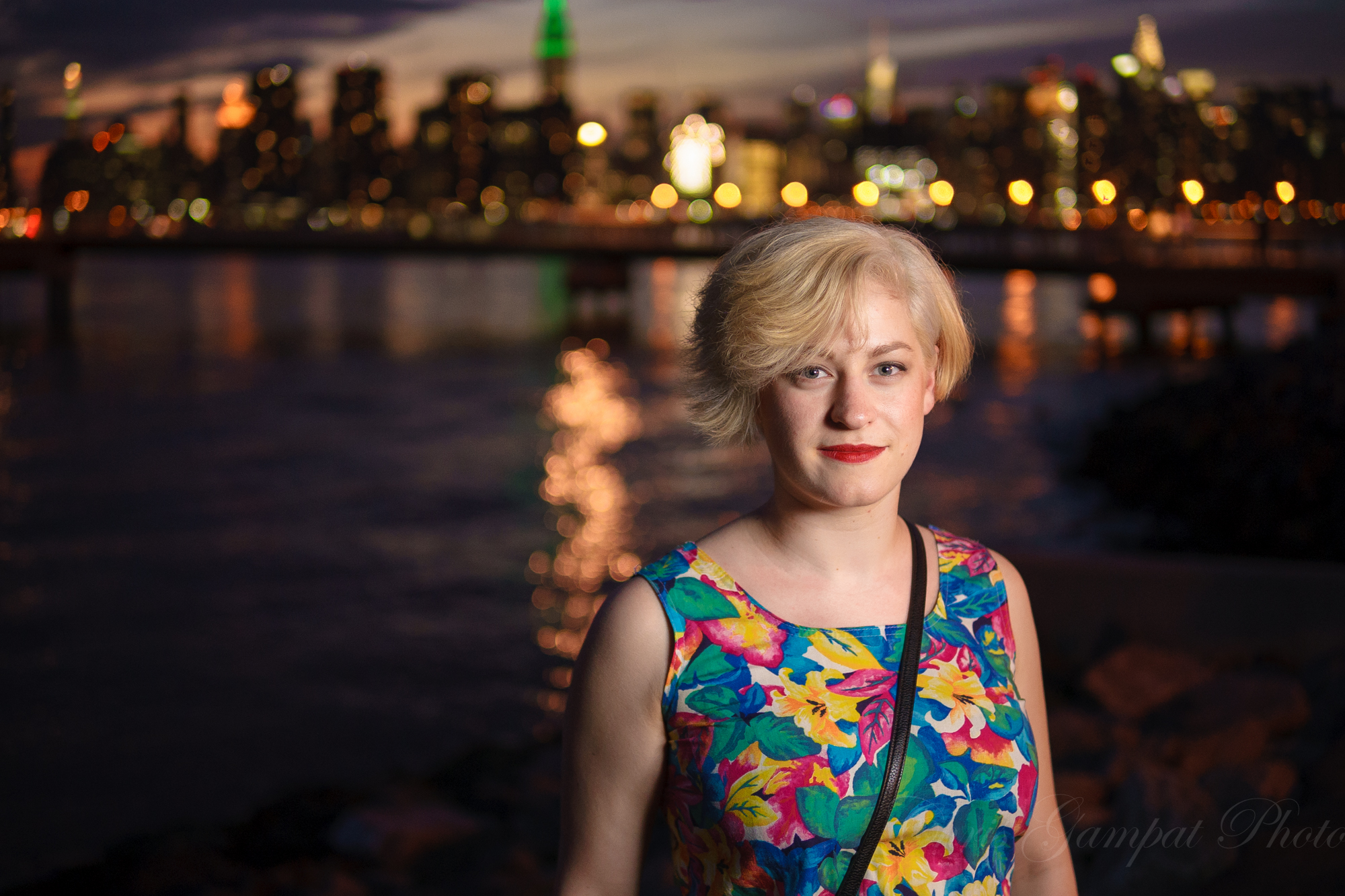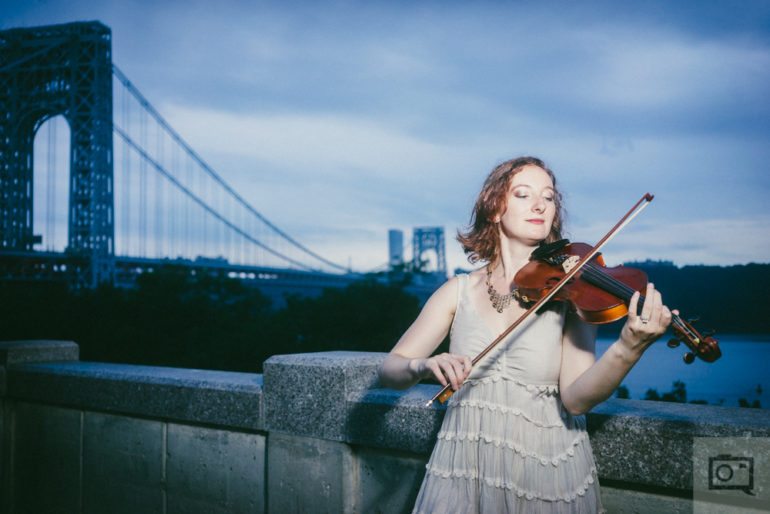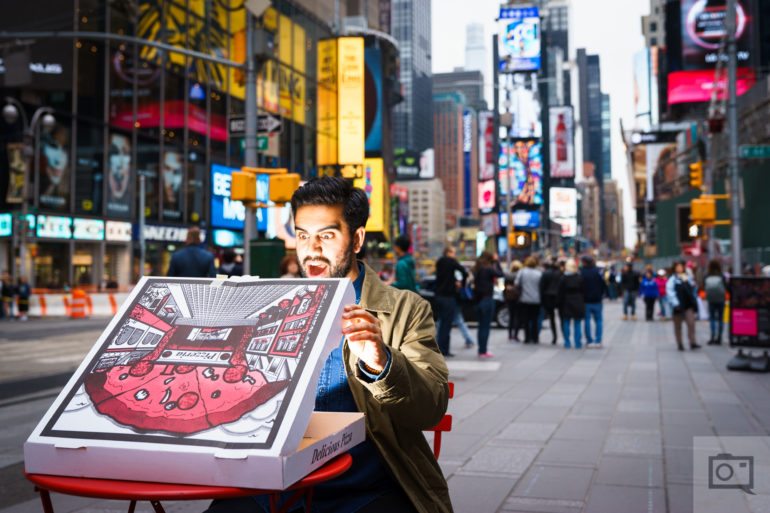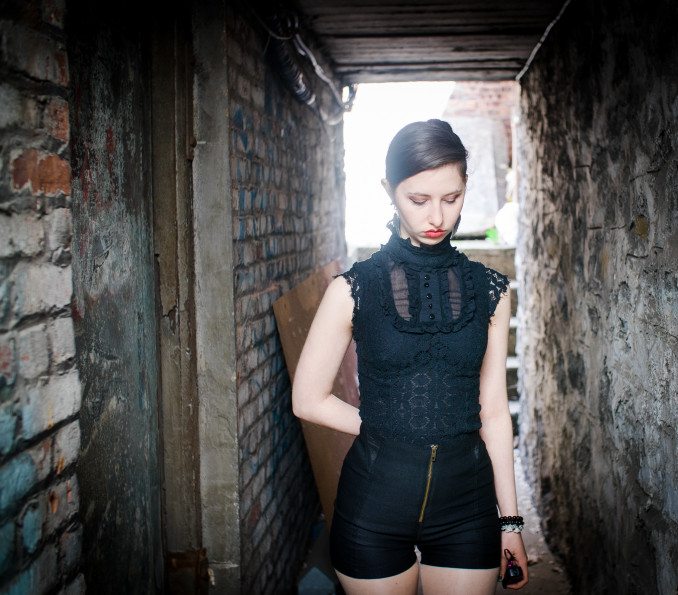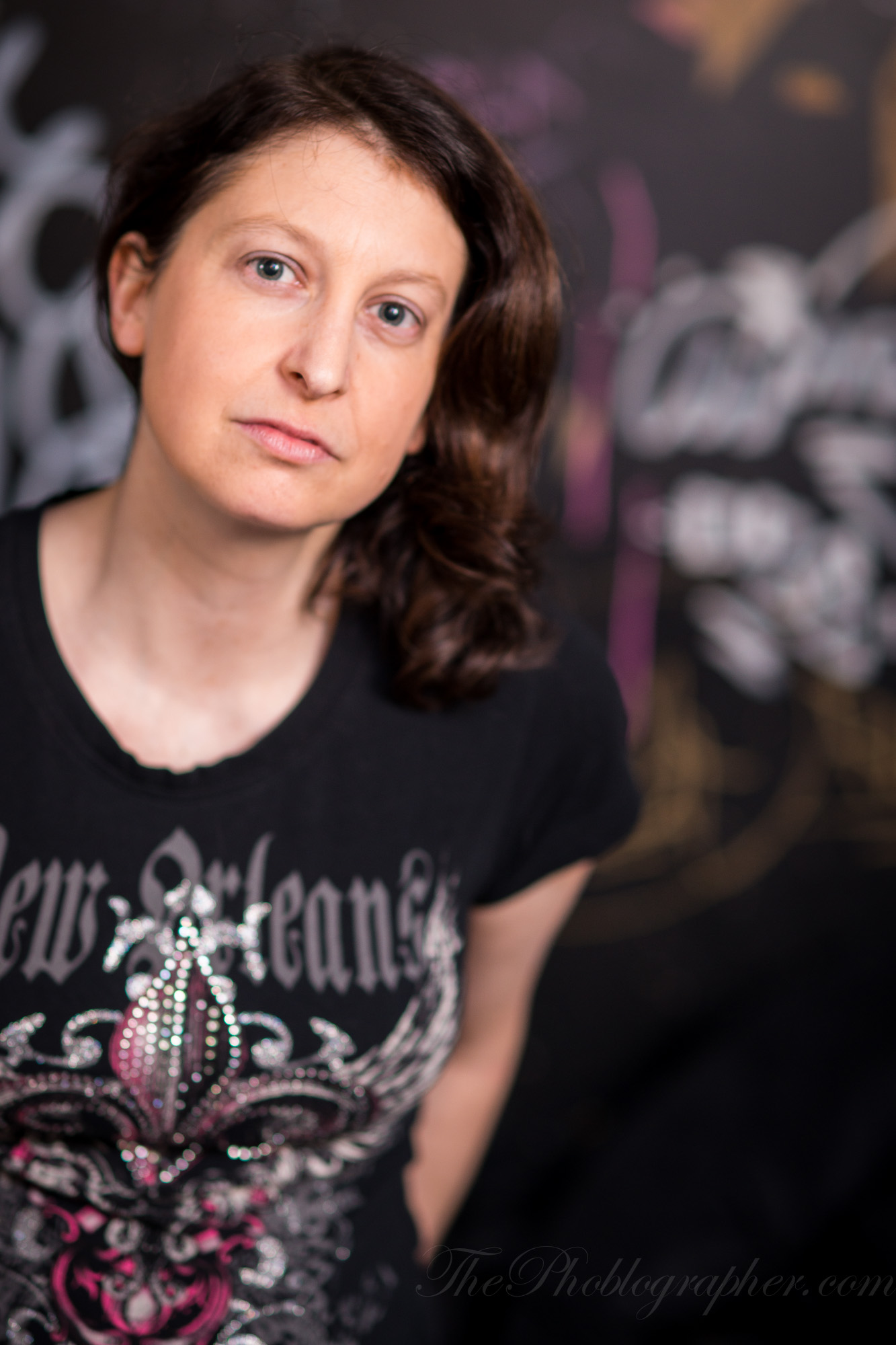Last Updated on 08/29/2016 by Chris Gampat
When you’re getting into portraiture and you’re a photographer on a budget, sometimes you don’t have the money to buy umbrellas, softboxes, etc. So the best things for you to generally do is learn how to photograph someone with a flash firing directly at them. This is what lots of shooters do, and sometimes it delivers awesome results but other times it really doesn’t.
After shooting for years on sometimes a shoestrong budget, I’ve learned how to do less with more. Here’s how.
Off-Camera Flash is the Best
While many photographers may put the flash in their hot shoe and learn to light that way, it’s generally speaking a very antiquated way of doing things. Many photographers do this if they’re shooting events, weddings and photojournalistic coverage. But portrait photographers don’t for the sole reason that it majorly limits their creativity.
There are loads of off-camera radio triggers available online that can be had cheaply. But otherwise, TTL cords are also pretty incredible due to their major reliability.
Think of it like this: equate a flash to a floor lamp in your living room. Actually, let’s do a candle in otherwise complete darkness. If the candle is in one place and bolted down to the ground, it’s not going to be very effective overall. But if you get to move it around, you can see more of the room and light things differently.
The Physics of Flash Light Output
Flash light output makes a whole lot of sense when you think about what’s illuminating your subject. In general, the smaller the light source, the harder the light. But a small flash head will emit very harsh light. To make this softer, you need to make the light source larger. How do you do this?
A softbox usually, but this post isn’t about light modifiers.
There are two ways to do this, and the first is bouncing off of a wall.
Wall Bounce
Many photographers will bounce a flash’s output off of a ceiling, but they’ll find that it creates a lot of shadows under a person’s eyes. That isn’t flattering. What photographers do instead is bounce the light above and behind them slightly. This ends up giving the subject something more direct that fills in the shadows.
The Zoom Head: Widest Angle
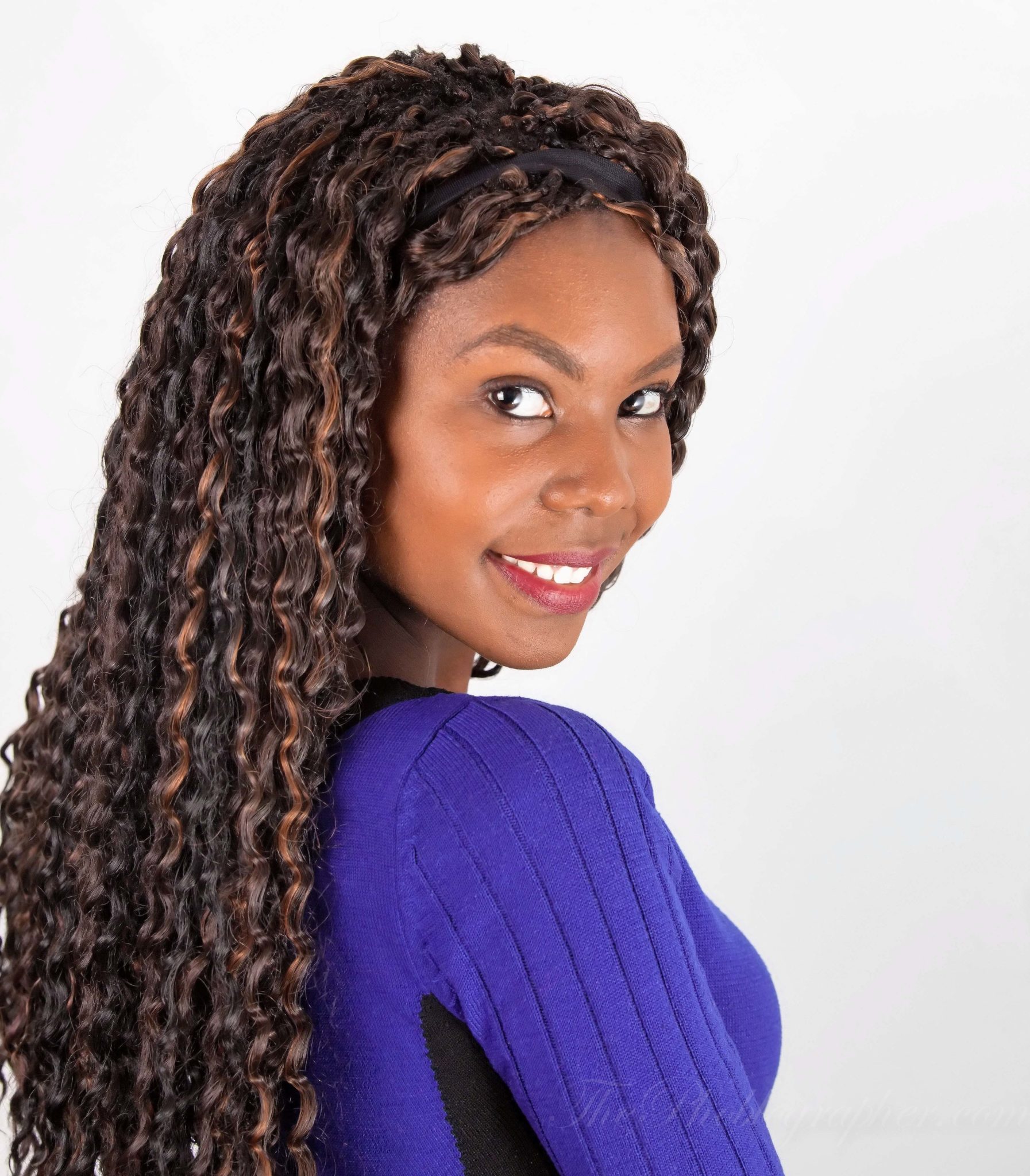
Posing
Generally speaking, posing someone is best done when they face the flash or the light source (a bounced wall in that case.) It will make them look more flattering and deliver a softer and more beautiful light overall.
Short piece? Believe it or not, that’s really everything that there is to it.


